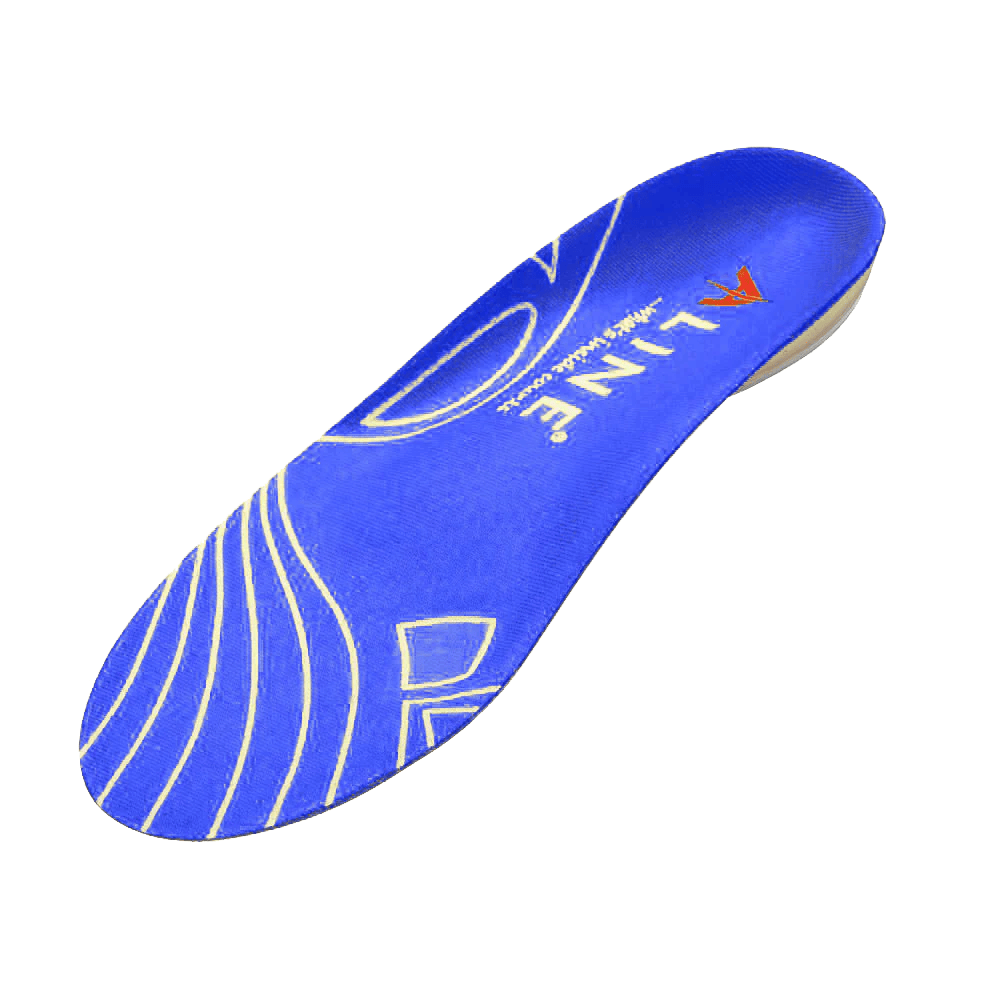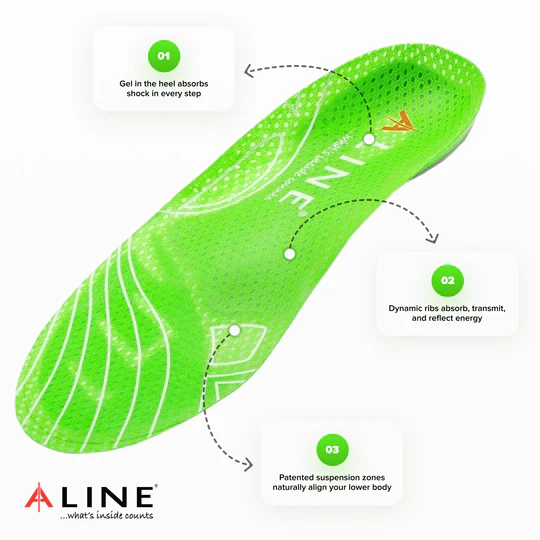Flat feet, or fallen arches, occur when the arch of the foot collapses, causing the entire sole to make contact with the ground. This condition can lead to discomfort, fatigue, and even joint pain. For those working on their feet for extended hours, flat feet can result in severe strain. Selecting the right work boot insoles is essential for providing the arch support and comfort necessary to mitigate these challenges and ensure long-term foot health.
Importance of Proper Support for Work Boots
Work boot insoles for flat feet are designed to protect your feet in tough environments, but they often lack the support flat feet require. Without proper insoles, feet can become overstrained, leading to pain and posture issues. Insoles with targeted arch support and cushioning help distribute weight evenly, reducing pressure and improving overall stability. Choosing supportive insoles is a simple yet effective way to enhance workday comfort.
Identifying Your Arch Type
Understanding your arch type is key to finding suitable insoles. Flat feet are characterized by low or no arches, which means standard insoles may not provide adequate support. To identify your arch type, perform a wet footprint test by stepping on a sheet of paper with wet feet. The resulting imprint reveals whether your arches are flat, normal, or high. This step ensures you choose insoles tailored to your needs.
Features to Look for in Insoles
Insoles for flat feet should include specific features such as firm arch support, ample cushioning, and stability enhancements. Arch support reduces strain, while cushioning in the heel and forefoot absorbs shock and minimizes fatigue. Stability features like a deep heel cup help maintain proper foot alignment. Selecting insoles with these attributes ensures optimal comfort and functionality throughout your workday.
Materials That Matter
The material of the insole significantly influences its effectiveness. Memory foam, gel, and EVA foam are popular choices for flat feet. Memory foam conforms to the foot’s shape, offering customized comfort, while gel materials provide superior shock absorption. EVA foam combines lightweight support with durability, making it ideal for extended use. Opting for high-quality materials ensures the insoles provide long-lasting relief and performance.
Custom vs. Off-the-Shelf Insoles
Custom insoles are tailored to your specific foot structure and offer exceptional support, but they can be expensive. Off-the-shelf insoles are more affordable and readily available, often featuring designs suitable for flat feet. Many over-the-counter options provide adequate arch support and cushioning, making them a practical choice for most individuals. The decision between custom and off-the-shelf insoles depends on your budget and the severity of your condition.
The Role of Insoles in Pain Relief
Insoles are crucial for alleviating the discomfort associated with flat feet. By offering arch support and distributing pressure evenly, they reduce strain on the feet, ankles, and knees. This helps prevent issues such as plantar fasciitis and shin splints. The right insoles can turn uncomfortable work boots into supportive footwear, significantly improving your ability to endure long hours on your feet.
Ensuring a Proper Fit
A proper fit is essential for insoles to be effective. Ill-fitting insoles can cause discomfort and fail to provide the necessary support. When selecting insoles, ensure they align with your shoe size and foot shape. Some insoles are trimmable, allowing for a customized fit. Taking the time to ensure a proper fit enhances comfort and prevents further foot issues.
Testing and Adjustments
After purchasing insoles, it is important to test them in your work boots. Wear them for a few hours to evaluate their comfort and effectiveness. Some adjustment time may be needed as your feet adapt to the new support. If discomfort persists, explore other options or consider consulting a specialist. Testing ensures you find the best insoles for your needs.
Maintenance and Durability
Regular maintenance helps extend the life of your insoles. Clean them periodically to remove dirt and moisture, which can lead to wear and tear. High-quality insoles are designed for daily use but may require replacement after several months. Monitoring their condition and replacing them as needed ensures continued comfort and support for your flat feet.
Conclusion
Selecting the right work boot insoles for flat feet comfort involves understanding your arch type, prioritizing essential features, and ensuring a proper fit. With the right insoles, you can significantly improve foot alignment, reduce pain, and enhance overall comfort during long workdays. When your insoles wear out, consider a “shoe insert replacement” to maintain effective support and prolong your work boots’ comfort.

